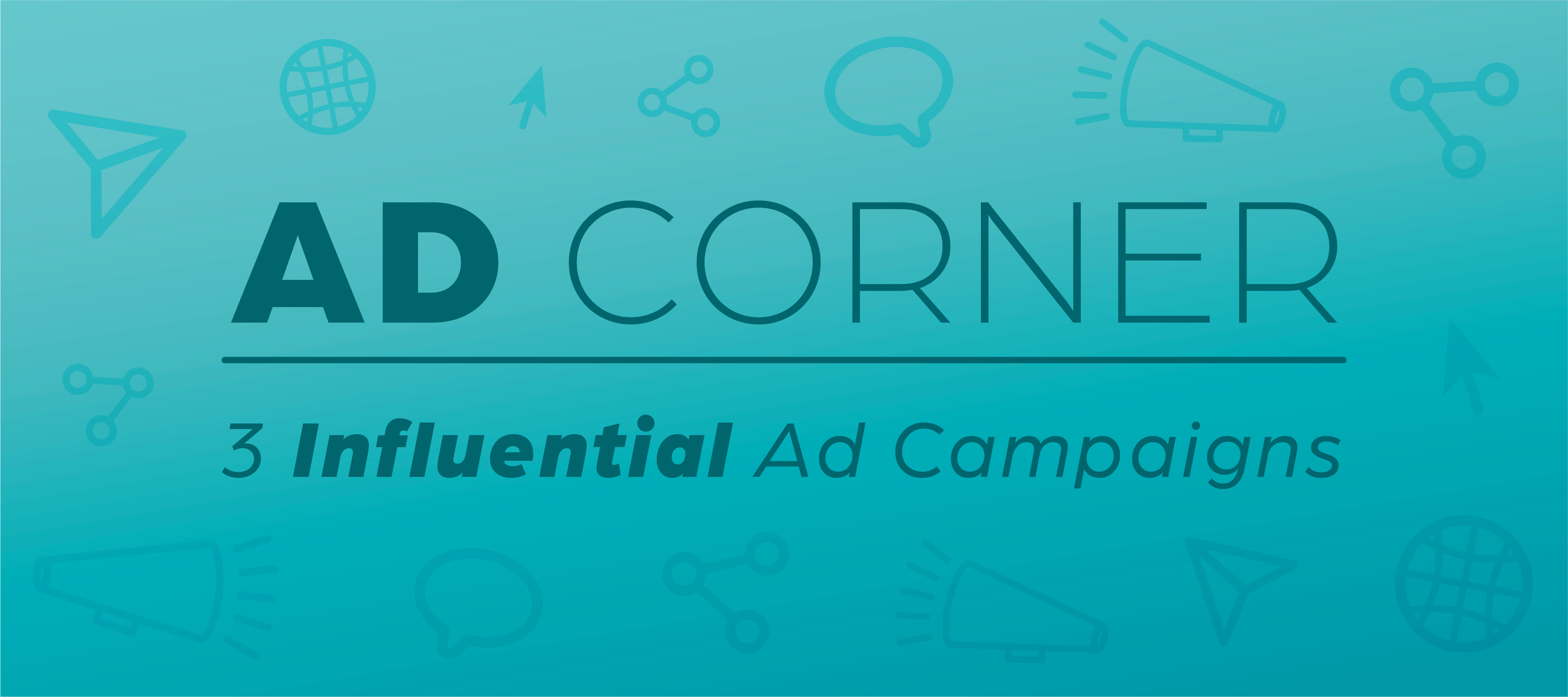In Ad Corner, we’ll take a look at famous advertising campaigns. We’ll analyze what they did and how we can apply those same principles to small business advertising.
The United States has been a unique country from its founding. Ours is a land of opportunity and promise, where multitudes of different businesses have formed and flourished in exciting ways. A key part of that flourishing is rooted in advertising, and you might be surprised to find out just how much that advertising really impacts. Here’s a look at 3 influential ad campaigns and what we can learn from them.
1. De Beers – “A Diamond is Forever”
In 1947, advertiser Frances Gerety from the Philadelphia-based agency N.W. Ayer, wrote what would later go on to be called “The Slogan of the Century” for De Beers. Unlike many other slogans we know today, “A Diamond is Forever” was not just a way to sell more diamonds to an already existing market. It created the market. The campaign came on the heels of the Great Depression when diamond sales were down. By linking the idea of a diamond to eternity, De Beers was able to tap into what people hope for when getting married: that the union will last forever (or, at least as close to forever as we can get). Through this campaign, De Beers boosted their own sales and inextricably linked marriage proposals with diamond rings, a practice that was not considered standard prior to this campaign.
2. Clairol – “Does She…or Doesn’t She?”
In 1956, Shirley Polykoff, an advertiser from Foote, Cone & Belding, wrote the line “Does She…or Doesn’t She?” for Clairol and their line of hair coloring products. At the time, women did not dye their hair on a regular basis. This campaign sought to both normalize the practice and assure women that the secret of their hair color would be kept between them and their hairdressers. Through this campaign, Clairol was able to increase not only its own sales, but also overall sales of dyes, tints, and rinses across the whole country. And while this campaign may not have earned the same accolades as the De Beers campaign, Polykoff won Advertising Woman of the Year in 1967.
3. California Milk Processor Board – “Got Milk?”
The California Milk Processor Board (CMPB) hired Jeff Manning, an executive director, to increase milk sales in the state of California. Sales had been declining for over a decade and CMPB wanted to turn that around. Manning, along with Goodby, Silverstein & Partners, found that consumers already understood the nutritional value of milk and that this knowledge wasn’t impacting sales in a positive way. As the ANA Educational Foundation writes “One rule of thumb in fast-moving packaged goods is that it’s easier to get current customers to consume more than it is to convert new users.” This then led Manning and Jeff Goodby to create the famous “Got Milk?” campaign, highlighting the pain of running out of milk. They were able to show consumers the benefits (outside of nutritional ones) of having milk around the house. This campaign eventually reached a national audience and has garnered several copycats since its inception.
What We Can Learn
In all of these examples, we see how marketing not only sold certain products, but also how it created a demand for those products. Things like engagement rings, hair dye, and milk all feel commonplace to us now, but historically that wasn’t always the case. While most small businesses are not going to have advertising campaigns that turn the tides of American culture on a national scale, we can still make use of the power of consistently applied advertising. We can also see how finding an unclaimed niche in the market, or reshaping the niche like “Got Milk?” did, can allow us to dominate that market.
If you are looking to carve out a space in your business’s market, contact Bold River Marketing for help. We can work with you to create an ad campaign that shows your customers how they can benefit from your products or services.

